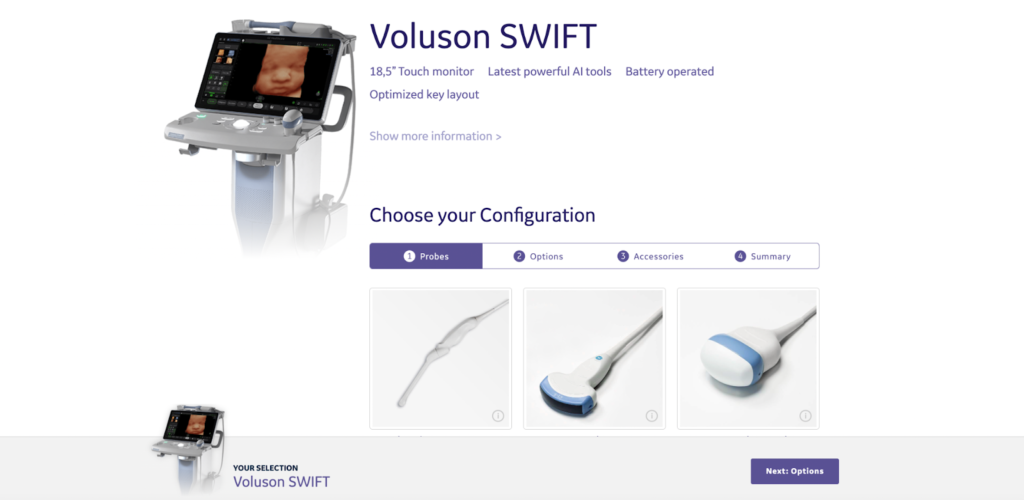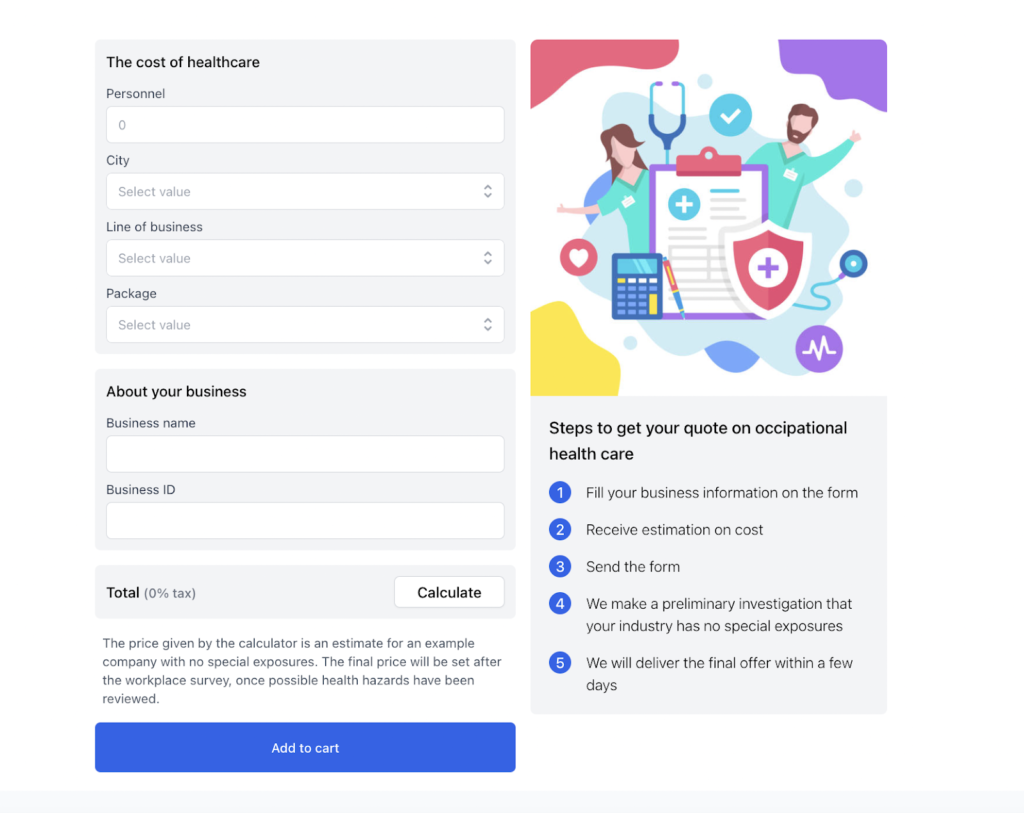Many companies tend to follow best practices and what their competitors are doing rather than focus on how they can differentiate. Sure, it’s good to know best practices, but doing things how they’ve always been done will only help you blend in, not stand out.
That’s why following decade-old sales truths from a world that no longer exists simply won’t cut it anymore.
In today’s B2B buying world, 83% of buyers prefer ordering or paying through digital commerce. Launching a self-service sales channel could give you a huge competitive advantage. By giving B2B buyers what they want, you’ll boost your sales and be seen as an industry frontrunner.
In this post, we’ll explain the different types of self-service sales channels and when to consider opening one.
What is a self-service sales channel?
Let’s first cover the basics to make sure we’re on the same page. There are four different types of self-service sales channels.
Two types are fully self-service:
- Customers add products or services to a shopping cart and complete a checkout. This one’s straightforward: customers simply fill in the required information, pay, and complete the buying process.
- Customers configure their product or service, get the price, and buy. In this case, customers can customize their orders to meet their specific needs.
Note that paying is not always part of the self-serve process since most B2B companies have their own invoicing flows, and credit cards are not widely accepted. You can, of course, still incorporate a credit card payment in the process if you wish.
The next two types of self-service sales channels are rep-assisted, so technically speaking, they’re not 100% self-service. But since they include many self-service capabilities, it makes sense to include them here.
- Customers add products or services to a quote cart and request a quote. This is just like the first type listed, but customers request a quote rather than buy directly.
- Customers build their own product using the configurator and request a quote. For example, GE healthcare lets buyers configure the ultrasound system they need and request a quote.

The only difference between the first two and last two types is transparent pricing. While there are good reasons to show your prices online, in some cases, it might not be a good idea.
There’s room for flexibility with self-service sales channels. You don’t have to choose between a fully self-service or rep-assisted model for your business—in some cases, it makes sense to have both options available at the same time. For example, your customers might buy directly if they want less than 10 units of a product, but if they want a larger quantity, then they can specify the amount needed and request a custom quote.
Even if you don’t want to show your exact pricing online, by allowing customers to add items to their quote cart, you enable them to move further down the buying process. This makes your customers’ lives easier, and you get the flexibility to sell your products or services however you want. It’s a win-win situation.
When does it make sense to open a self-service sales channel?
B2B customers are demanding better buying experiences. 77% of B2B buyers state that their latest purchase was very complex or difficult, according to a Gartner report.
But how do you know if a self-service sales channel is right for your business?
If you can relate to two or more things on the list below, then it’s probably a good fit for your business to boost your sales, improve your profits, and generate happier customers.
1) You’re selling a fairly low-cost product or service
New customers buying directly from you (types #1 and #2 listed above) could most likely buy anything below €10K through self-service. And your existing customers could probably make bigger purchases through self-service as they’re already familiar with your company.
If your customers need to configure their package and request a quote (types #3 and #4 above), the price point can be anything from €10-100K since they’re not paying directly online.
By taking this approach, you can let your most experienced sales reps focus on bigger deals and improve your overall sales efficiency.
2) Your have a large customer base
If you have a large target audience made up of thousands of companies, you likely have many smaller deals. If this is the case, your sales team shouldn’t be handling all those small customers.
It’s a bad use of your salespeople’s time to help customers buy simple products when those customers would rather just buy it themselves online.
3) Your pricing can be determined by 5 questions or less
If your pricing can be determined by a few basic questions, then what value would your sales reps deliver? If they spend one hour selling a €50 deal, then you’re killing your profit margin right there.
You’d be better off allowing these customers to fill out a short form online, get a cost estimate, and request an offer. Here’s an example of the questions a healthcare company asks:

If your customer has a relatively good idea of what they need, you can also ask more than five questions.
4) Your customer knows what solution to Google for
This isn’t a hard-and-fast rule, but it’s a clear sign that launching a self-service sales channel would work for you. If your customers can search for your solution instead of only Googling their problem, it’s a good indicator that they could buy directly online.
5) You have direct sales that struggle to serve both large and small customers
Many companies have only one way of selling to customers of all sizes: direct sales reps. But if your salespeople spend the same amount of time talking to customers both large and small, you’d once again be killing your profit margin.
Instead, let your sales reps take care of the larger customers, and let smaller customers buy themselves online.
6) You have many repeat customers
Do your customers typically buy from you more than twice a year?
86% of B2B buyers prefer using self-service tools for reordering, rather than talking to a sales representative, according to a McKinsey study.
If people in your organization spend time answering phone calls, emails, or contact forms to give customers a quote, you can replace this work with self-serve sales. After all, your sales reps and account managers should be delivering value, not taking orders.
7) You have channel partners who sell your products or services
By automating channel partner sales, you can boost both your sales efficiency and your channel partner’s efficiency.
For example, let’s say your reseller is a company that sells kitchens. Every time they sell a kitchen, your employees need to do the plumbing and electrical work. It doesn’t make sense for you to take these orders by phone—you’d get calls 60 times a day and have no time for new business acquisition. And then you’d be stuck in calendar tetris trying to plan the schedules.
Instead, let your channel partners make direct orders and book appointments through your website. Your electricians and plumbers would get those appointments directly to their calendars, making the process easier for everyone involved.
8) You want to stand out in your market
This one’s a no brainer: If you want to make your customers’ lives easier and provide a buying experience that will help you stand out, then opening up a self-service sales channel is the right move. It’ll make competing with you nearly impossible.
Ready to turn your website into a powerful sales channel? Join the waiting list for HeadQ—the easy-to-use platform tailored to how you sell.